Australian web attention expert Chris Saad is on a mission: he wants a complete reference design to combine technologies that make it possible for users to share their personal data between chosen tools. “We need a DHCP for Identity. A distributed File System for data.” DataPortability.org and a Google Group are his main platforms.
 And what will this look like? Saad: “A user would simply log onto a site, grant permission, and their friends, personal details and media – images, video, documents – are already populated and accessible – Nothing more complex than that.”
And what will this look like? Saad: “A user would simply log onto a site, grant permission, and their friends, personal details and media – images, video, documents – are already populated and accessible – Nothing more complex than that.”
Saad realizes he needs the support of users in order to complete his mission. “Users will need to be educated about their rights”, he says. But how on earth will he convince the normal user, Average Joe on Facebook, to start shouting: “We want to share our data!”? Since it’s a rather complicated and abstract story for people who aren’t involved in the Web 2.0 scene.
Saad of course thought about this and sent me a four-point list, explaining how he’s going to evangelize his mission:
- “People like Robert Scoble (watch his video) and other ‘Celebrity User Stories’ will help bring light to the issue.
- An education campaign needs to be (and will be) created with documentation and examples designed for users to understand. We have started this process by starting some ‘ActionPacks‘.
- We will begin promoting the DP Badge as a sort of ‘Intel Inside’ brand to look for when visiting sites. We hope this will be a simple way of identifying services and vendors that respect user rights and conform to the reference design.
- Workgroup members and early adopter start-ups will begin implementing the DataPortability reference designs and act as shining examples for users to get a feel for what the world could be like.”
His last point is interesting, since some start-ups and workgroup members might gain market share by having first mover advantage. Saad: “As you can tell by looking at the workgroup members already, there are individuals who happen to work at very large companies such as Yahoo, Myspace, Seesmic, Disney, BBC, NineMSN, Dow Jones/Fox and others. That’s not to say those companies have committed to anything, but the individuals involved are very smart and committed people.”
Apparently, Saad wants to start a buzz in the blogosphere and geeky parts of the web, hoping that they will reach the average customers. “Exactly, we will start with early adopters and influencers and work our way into the mainstream. Ultimately though, the hope is that a ‘DataPortability enabled experience’ should be simple to use and to be expected,” Saad explains.
That will take some time, if it ever comes true. Yet, as long as Saad keeps explaining his plan in a simple way and manages to prove the major advantages, Average Joe just might start shouting.
Get the TNW newsletter
Get the most important tech news in your inbox each week.




